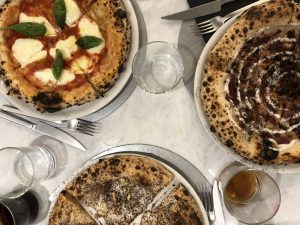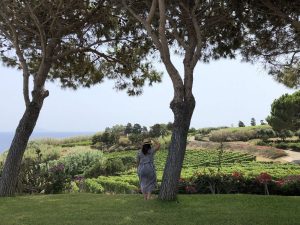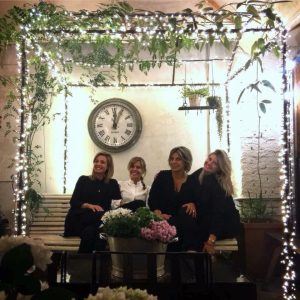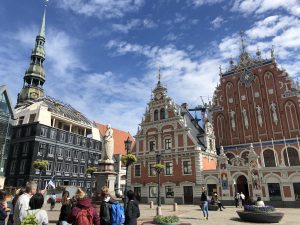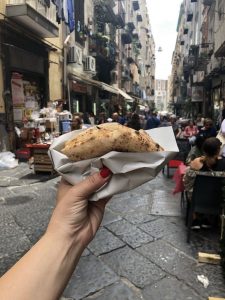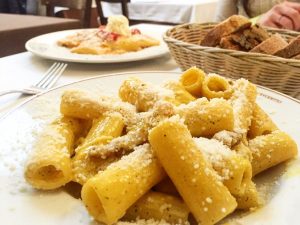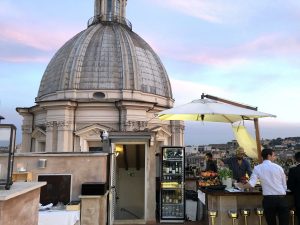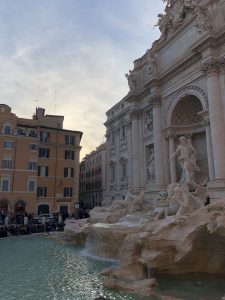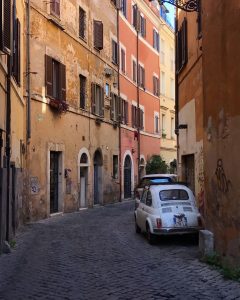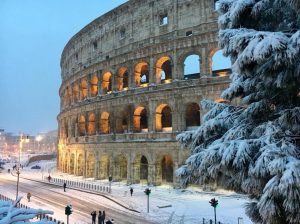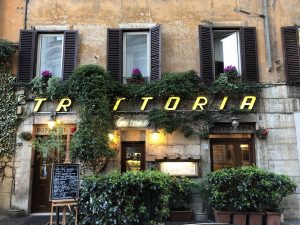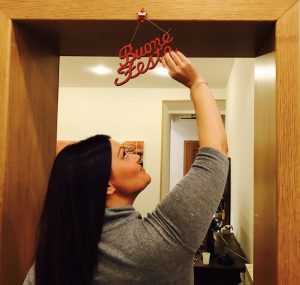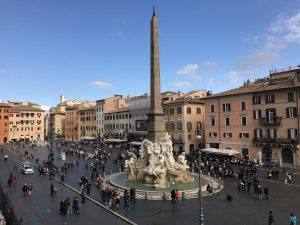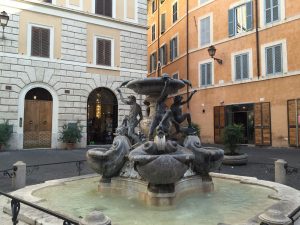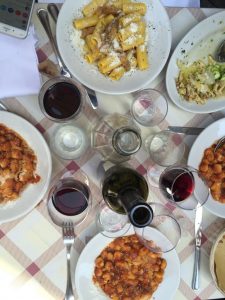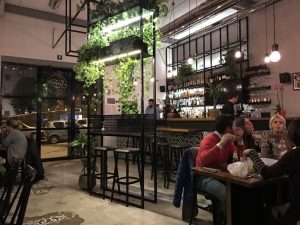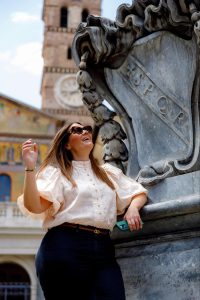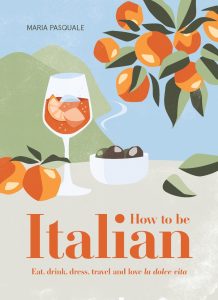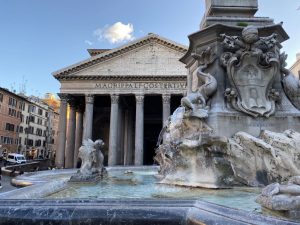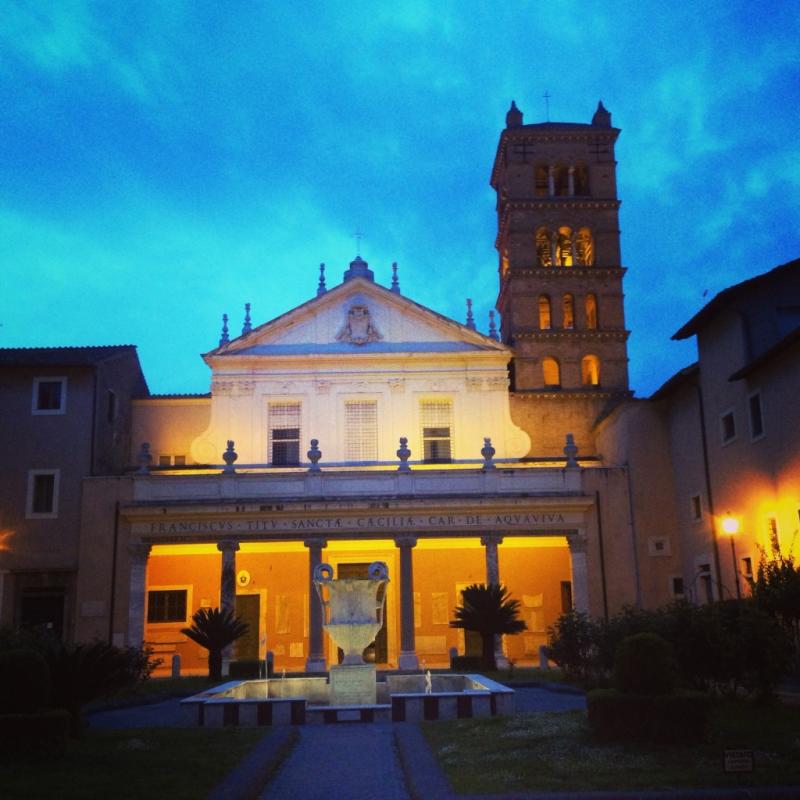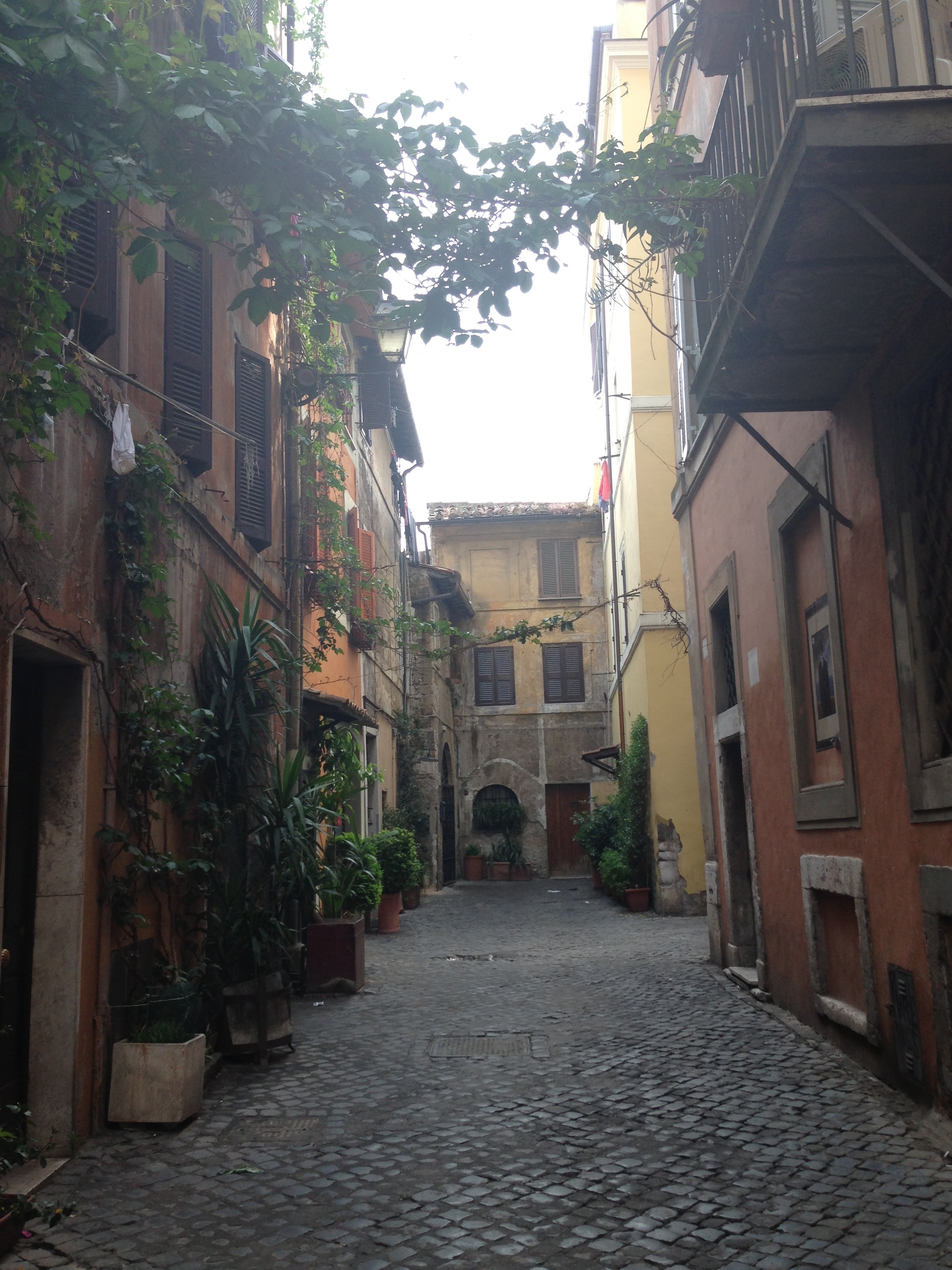You haven’t been reading my blog or following me on one of my social media platforms if by now you don’t know. I love Trastevere.
Before I moved to Rome, despite having visiting probably more than 20 times it wasn’t really an area of the city I had explored much.
In fact, I wanted to live somewhere in centro like Monti (near the Colosseum) or off one of the beautiful tree lined boulevards of Prati (near the Vatican).
Then a place came up in Trastevere. More than 18 months later (bar a little stint in Ostiense), I’m still here and the rest as they say is history!
Just like I fell in love with Rome all those years ago, as I got to know Trastevere, so too I fell in love.
I love my quartiere (district or neighbourhood ) but like in all relationships, you have good and bad moments, highlights and lowlights.
Yes, it can get crowded and over the years tourists and foreign students began flocking here in droves. There are a couple of American universities in the area and so yes, you can often walk around and hear English spoken often enough to think you might be some place else. As a result, sadly many restaurants cater to a tourist market, that is, fast and quick food that couldn’t be less Roman (or Italian) if it tried.
With good reason, this is what leads many people to stay away or feeds a growing perception that there is nothing authentic or Roman about the area or that you can’t get a good meal in Trastevere.
But this reputation does, I have to say, paint only half the picture of what Trastevere is all about. What its essence and spirit is. What it means to the people from Trastevere (i Trasteverini). What it means to Rome historically and currently.
Historically, Trastevere was a migrant hub. From the Etruscans to the Syrians to the Jews.
Being across the Tiber river (the Tevere) from the historical centre of Rome (hence the name, derived from the latin trans Tiberim – across or beyond the Tevere) and the fact that its working class and ethnic origins had given it a little outcast mentality, over time, the Trasteverini developed a culture and identity of their own.
And to this day, this character remains.
It’s not just all expats and American exchange students. It’s not just commercial gain and rose sellers. It’s not just the accordion player belting out ‘Besame Mucho’ out front of a tourist filled trattoria serving mediocre food being passed off as ‘Roman’.
No, no, no.
There’s more to Trastevere than this. The Trasteverini, many many Romans and the people who call this quartiere home will tell you that Trastevere – beyond the pure aesthetic beauty that everyone recognises – has heart. And beyond the winding cobblestoned streets, a strong, strong sense of community.
I see it in the smiles and hospitality of family shopkeepers. When I shop at my local market in Piazza San Cosimato and chat to the fish monger or guy at the vegetable stand. And when I see families playing with their children in the same square from about 4pm daily.
And yes, some critics may disagree and say Trastevere is not the ‘real’ Rome.
Well try telling that to a person born and bred in Trastevere that they are not the real Rome. I’d actually like to see how that goes!
In fact, while Trastevere is often cited as the old town of Rome, it plays an important part in the modern Rome too. It’s a bustling hive of commercial activity and in attracting so many visitors, is just as critical to Rome’s tourism as the Colosseum or Trevi Fountain!
But even seeing tourists navigate the streets or crowd the beautiful main square, Piazza Santa Maria in Trastevere, reminds me only more so of her beauty and fascino (charm). People from all around the world want to see Trastevere. Put simply, because it’s beautiful.
They come to see clothes hanging high above the street. The narrow streets and orange-kissed old buildings.
It’s still where Romans come to eat and drink and despite the many tourist traps, it’s where good, honest food treasures can be found – served up by generations of Romans. That’s Trastevere.
For those of you who have the opportunity, come for a walk when you can on a weekday. There is a tranquility that I can’t explain. You can get lost in a cobblestoned alley that even after years you might not have known existed. You’ll look up to see crawling or hanging green plants and shrubs and hear some old ladies talking about what they’re going to cook for dinner. That’s Trastevere.
I often tell visitors to drop the map. Go with the wind and get lost in the gorgeous winding streets. That’s Trastevere.
It boasts more than 40 churches (some of the most beautiful in Rome including Santa Cecilia and Santa Maria in Trastevere) a museum, the frescoes of Raffaelo at Villa Farnesina, botanical gardens and Villa Pamphilli (Rome’s largest park). That’s Trastevere.
It sits at the foot of Gianicolo (Janiculum Hill where you get a panoramic view of the entire city) where daily at midday (every single day of the year) a cannon fires to mark the battle for Rome. That’s Trastevere.
This is why I love it.
I have been welcomed by Trastevere and so happy to call it home.
I am a proud Trasteverina (by adoption). This is my neighbourhood. My quartiere. And I’ll say it again and again – I love it.
Signing off from (none other than) Trastevere,
Baci Maria



